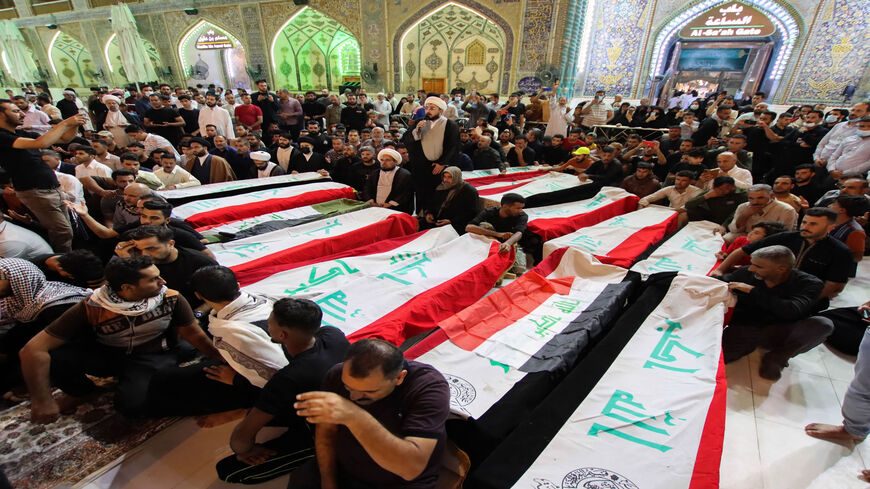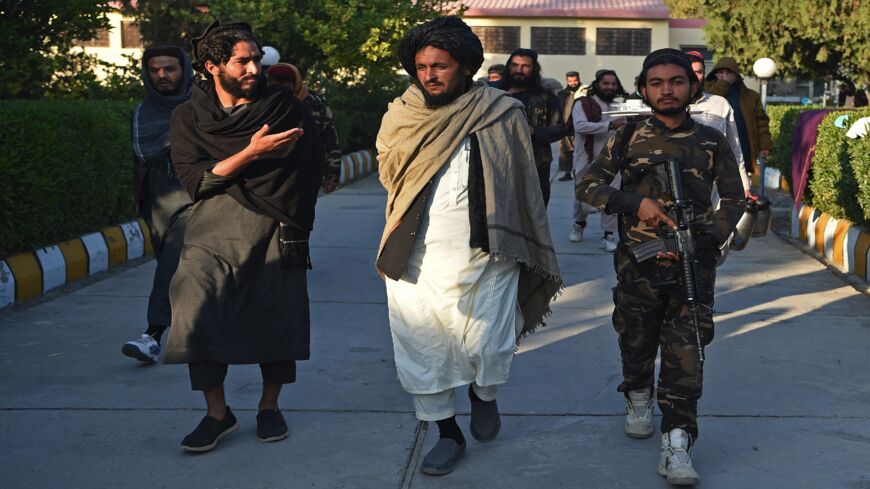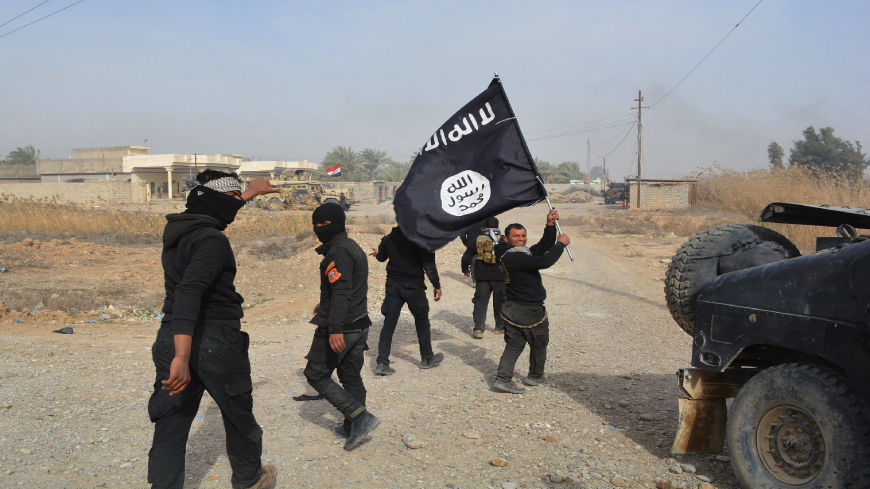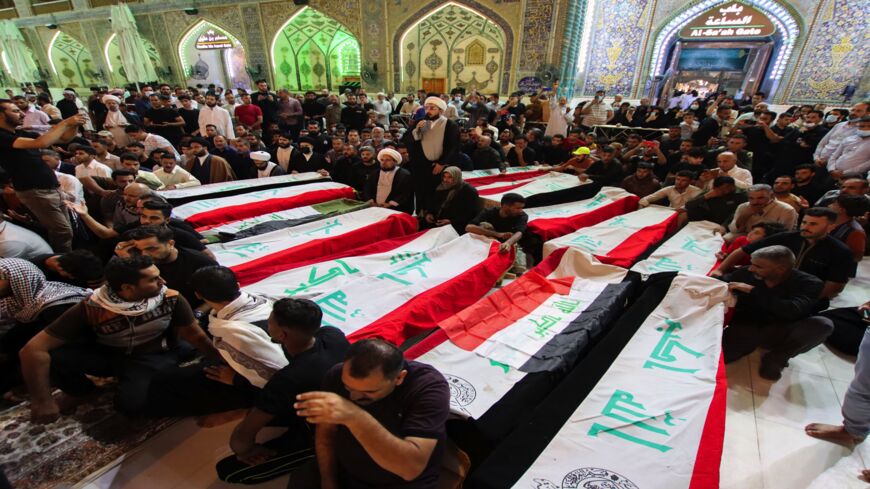Suicide attack thwarted as Iraqi Shiites celebrate Ashura
While the history of al-Qaeda in Iraq and the Islamic State continue to haunt Iraq, the start of the annual Shiite religious mourning celebration was largely uneventful — though Diyala province remains problematic.
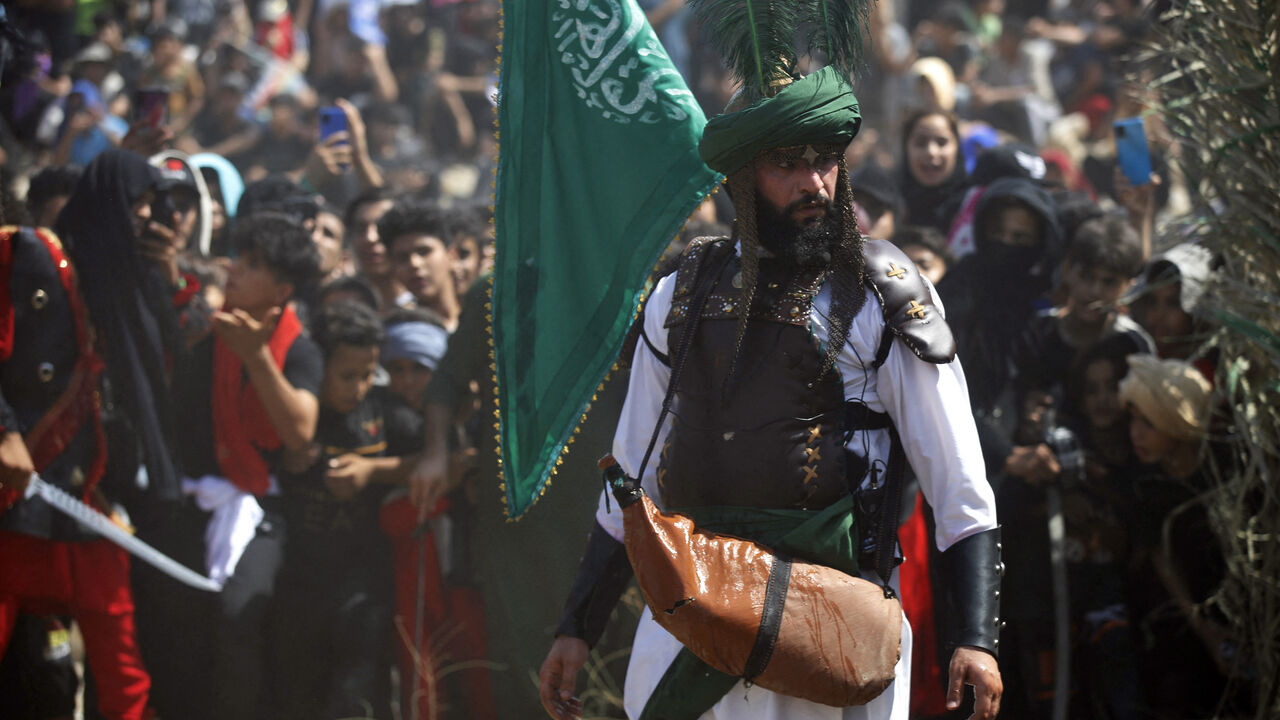
BAGHDAD — Concerns about possible attacks during the Shiite Muslim Ashura religious celebrations that began this week led to heightened security and concerns across both much of the Middle East and Afghanistan.
In the Iraqi capital, there were no reported attacks. In the Diyala province along the Iranian border, however, a suicide bomber who had been planning on attacking the Shiite celebrations reportedly blew himself up after being surrounded by security forces there.



